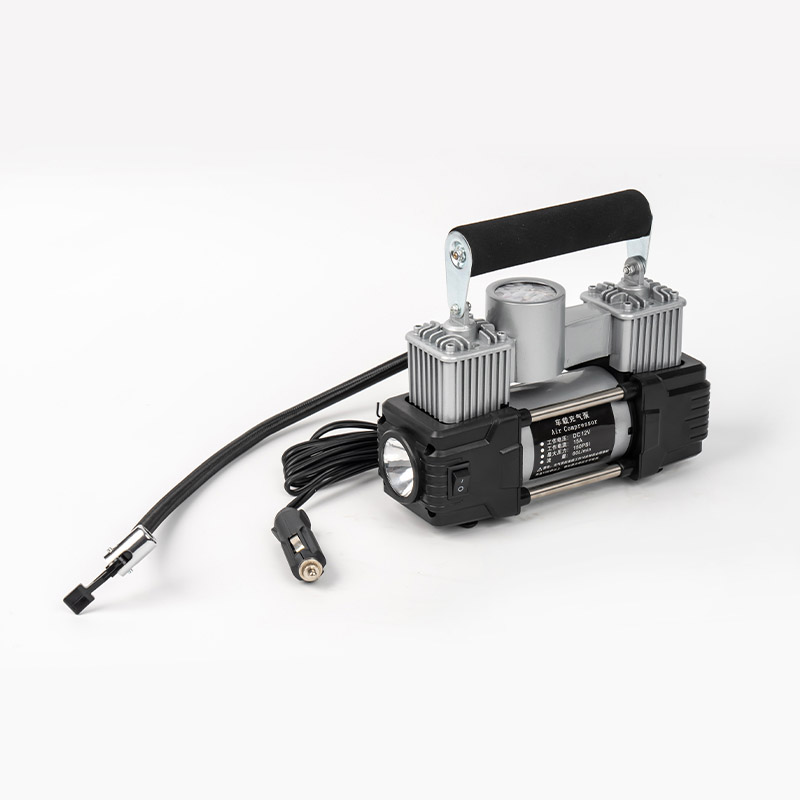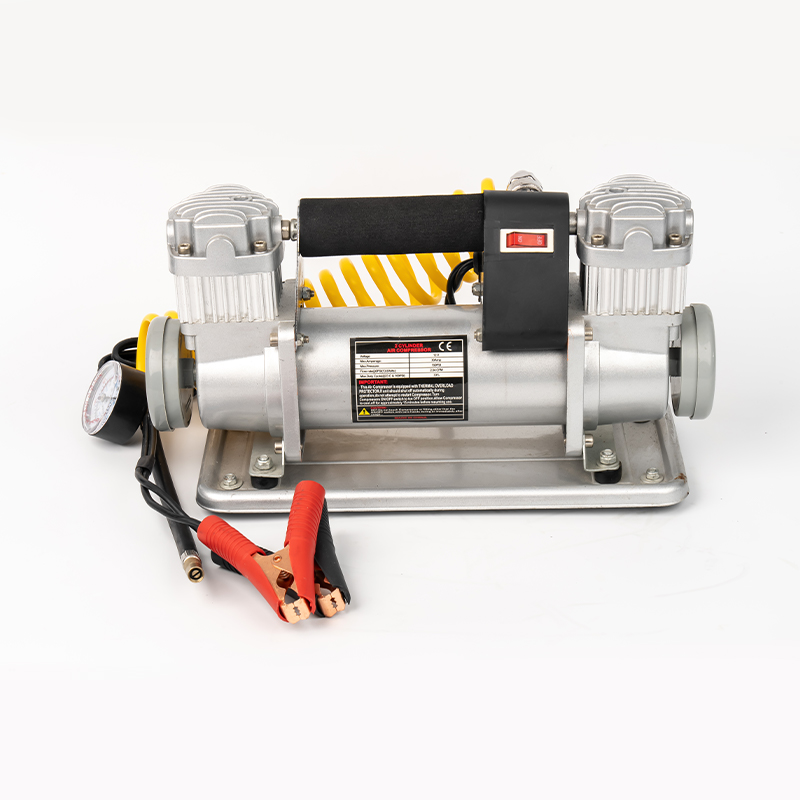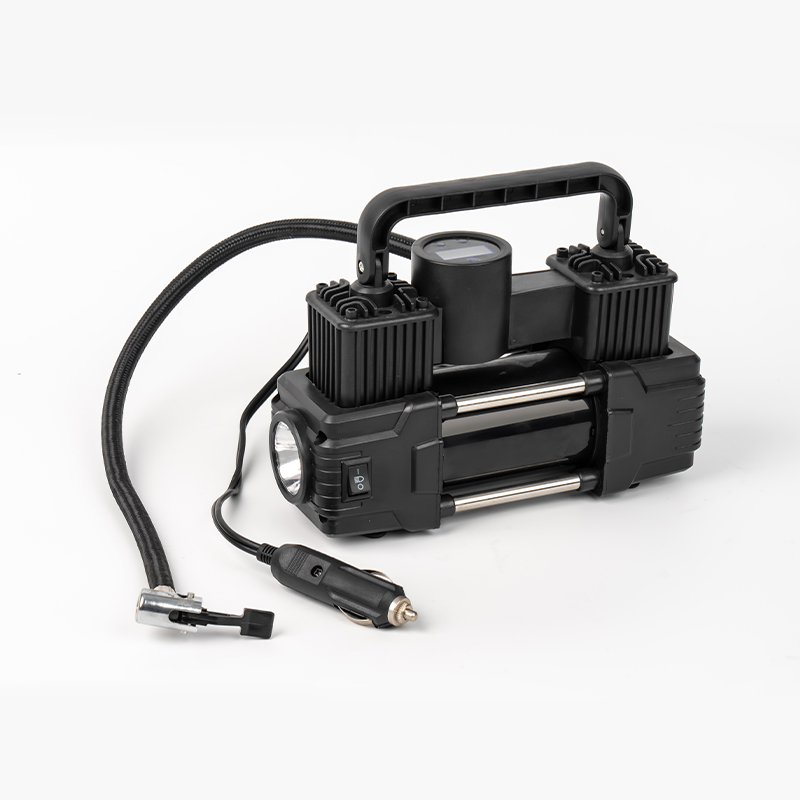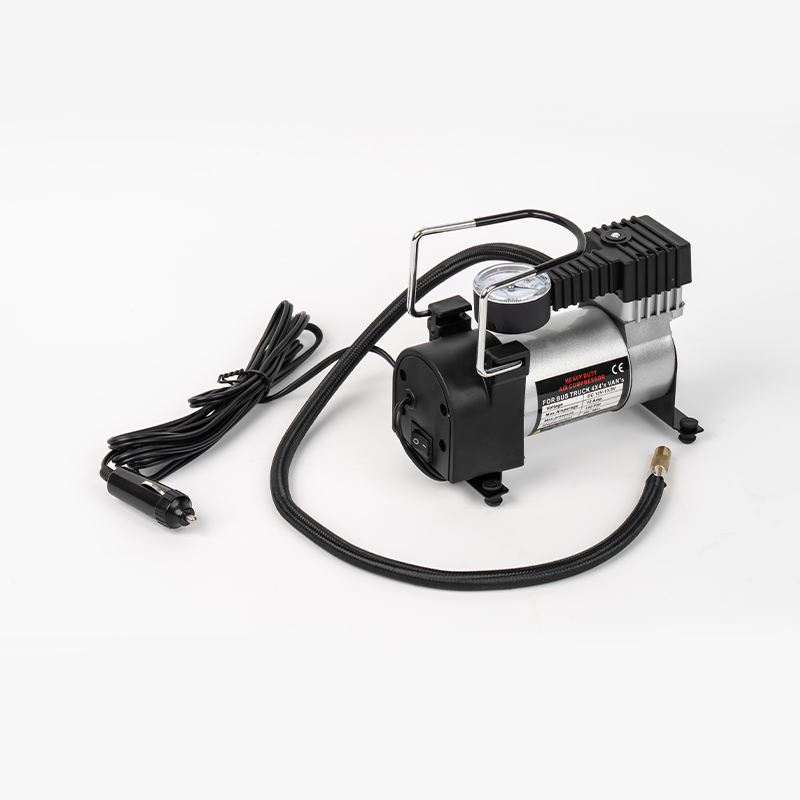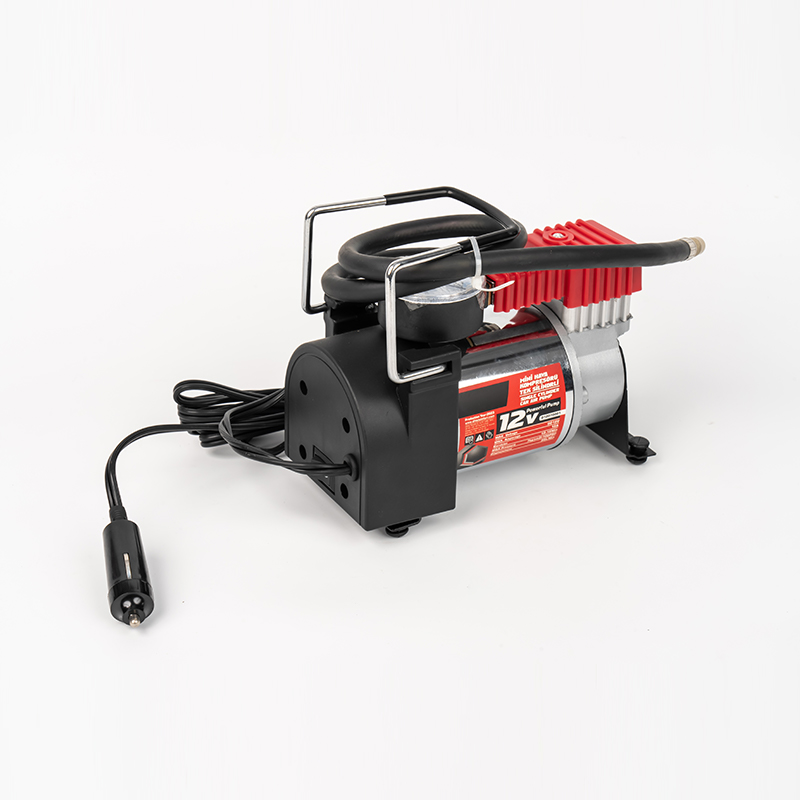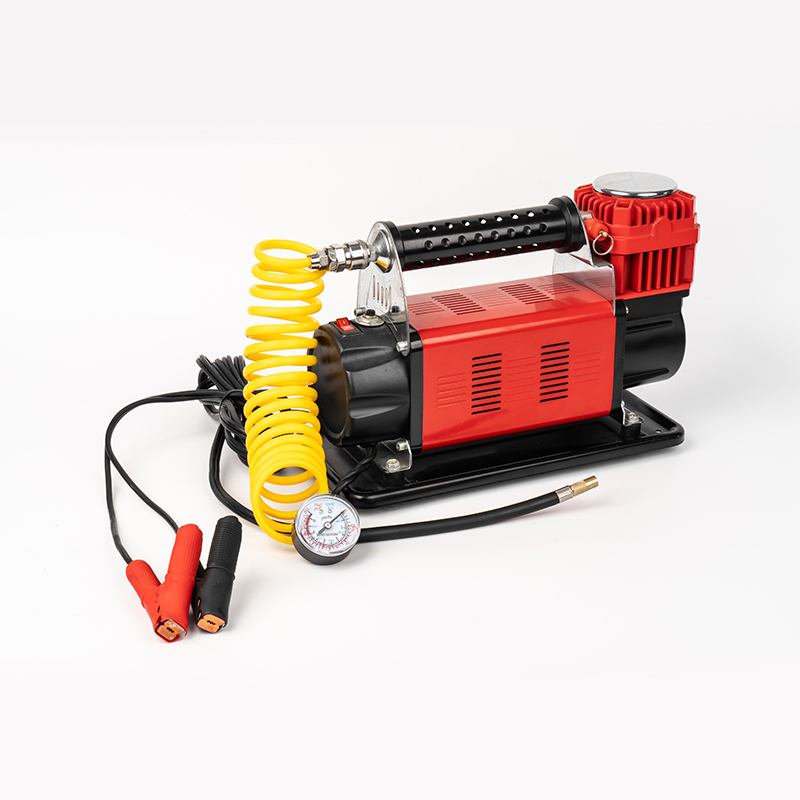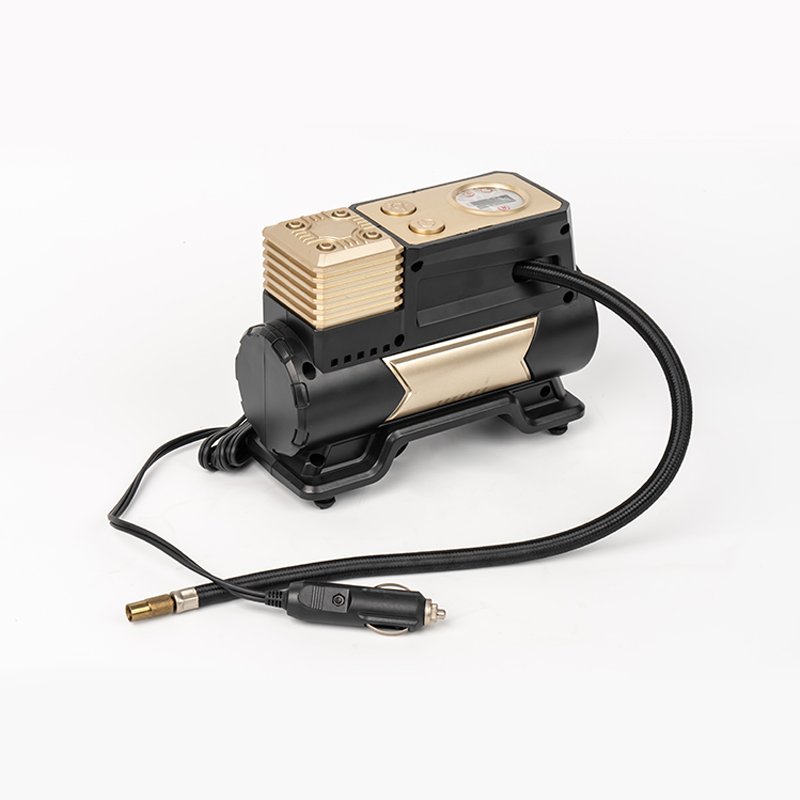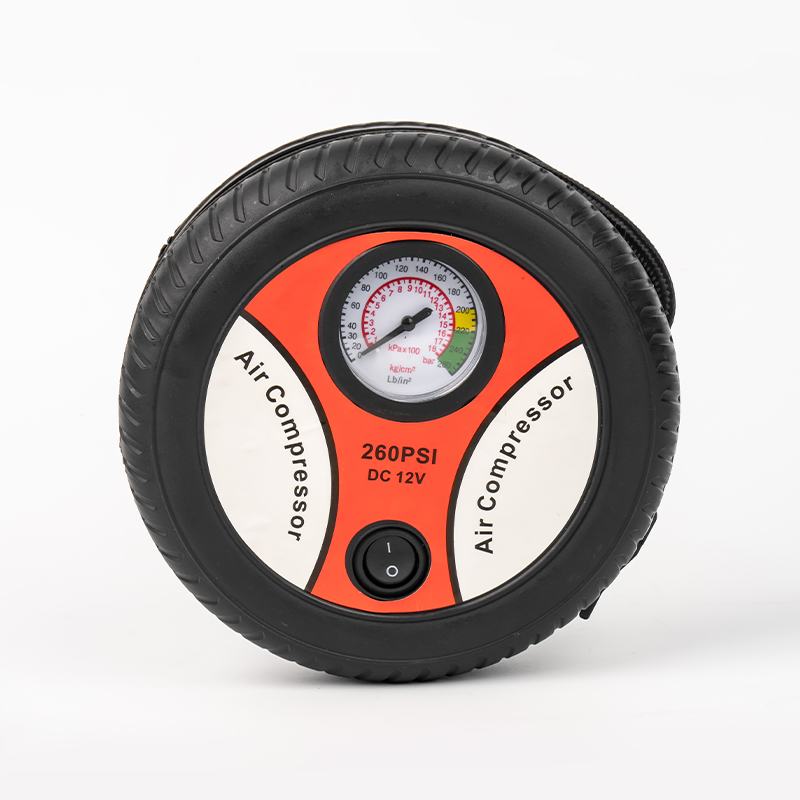An automotive tire inflator is a device used to inflate tires to the recommended pressure levels specified by vehicle manufacturers. Under-inflated or over-inflated tires can lead to reduced traction, increased wear, and higher risks of blowouts. With a range of options available, understanding the key aspects of these devices can help ensure compatibility with your vehicle and usage needs.
Types of Automotive Tire Inflators
Automotive tire inflators can be categorized based on their power source and design. The main types include:
-
Portable Electric Inflators: These are compact units powered by a vehicle's 12V DC power outlet (cigarette lighter). They are lightweight and suitable for emergency use or occasional inflation. Some models feature digital displays for precise pressure monitoring.
-
Portable Battery-Powered Inflators: These inflators operate on rechargeable batteries, offering cordless convenience. They are ideal for off-road or remote situations where power sources are unavailable.
-
Stand-Alone Compressors: Larger units designed for frequent use, often with higher airflow rates (measured in CFM or liters per minute). They may require connection to a vehicle's battery or an external power supply and are commonly used in workshops or for heavy-duty vehicles.
-
Manual Pumps: These are hand-operated or foot-powered pumps, such as bicycle-style pumps, which do not require electricity. While cost-effective, they are less efficient for larger tires and require physical effort.
Each type varies in inflation speed, portability, and maximum pressure capacity. For instance, portable electric inflators typically reach pressures up to 150 PSI, while stand-alone compressors may exceed 200 PSI.
Applications and Vehicle Compatibility
The choice of an automotive tire inflator depends on the vehicle type and intended use:
-
Passenger Cars and SUVs: Most standard vehicles require inflators capable of reaching 30-35 PSI. Portable electric or battery-powered models are often sufficient for routine maintenance.
-
Trucks and RVs: Larger tires, such as those on trucks or recreational vehicles, may need higher CFM ratings and pressures up to 100 PSI. Stand-alone compressors are recommended for their durability and faster inflation.
-
Off-Road and Performance Vehicles: These applications may demand inflators with robust construction and higher airflow to handle varying terrains and tire sizes.
It is important to check the inflator’s specifications against the vehicle’s tire pressure requirements, which can be found in the owner’s manual or on the tire placard.
Key Factors for Comparison
When evaluating automotive tire inflators, consider the following objective criteria:
-
Pressure Range: Ensure the device can achieve the maximum pressure needed for your tires. For example, light trucks may require up to 80 PSI.
-
Inflation Speed: Measured in CFM (cubic feet per minute), this indicates how quickly the inflator can fill a tire. Higher CFM values reduce waiting time.
-
Power Source: Decide between DC-powered, AC-powered, or battery-operated models based on accessibility and portability needs.
-
Additional Features: Some inflators include built-in pressure gauges, automatic shut-off functions, or LED lights. These can enhance usability but may affect cost.
-
Durability and Build Quality: Look for materials like metal components or reinforced housings, which contribute to longevity.
A comparison of common types shows that portable electric inflators balance convenience and performance for everyday use, while stand-alone compressors offer superior power for demanding tasks.
Frequently Asked Questions (FAQ)
Q: How accurate are the pressure gauges on automotive tire inflators?
A: Many modern inflators feature digital gauges with accuracy within ±1-2 PSI. It is advisable to cross-check with a separate, calibrated gauge for precision.
Q: Can an automotive tire inflator be used for other purposes, such as inflating sports equipment?
A: Yes, most models come with adapters for inflating items like bicycle tires or air mattresses, but always verify compatibility to avoid damage.
Q: What maintenance is required for an automotive tire inflator?
A: Regular maintenance includes cleaning the air filter, checking for hose leaks, and storing the device in a dry environment to prevent corrosion.
Q: Are there safety precautions to consider when using an automotive tire inflator?
A: Users should avoid over-inflation by monitoring pressure closely, ensure proper ventilation to prevent overheating, and follow manufacturer instructions for power connections.
Selecting the right automotive tire inflator involves assessing types, applications, and technical specifications to match individual vehicle needs. By focusing on objective factors such as pressure range, inflation speed, and power sources, consumers can make a practical choice that promotes safety and efficiency. For optimal results, always refer to vehicle guidelines and inflator manufacturer specifications.

 English
English Español
Español عربى
عربى Türk
Türk
